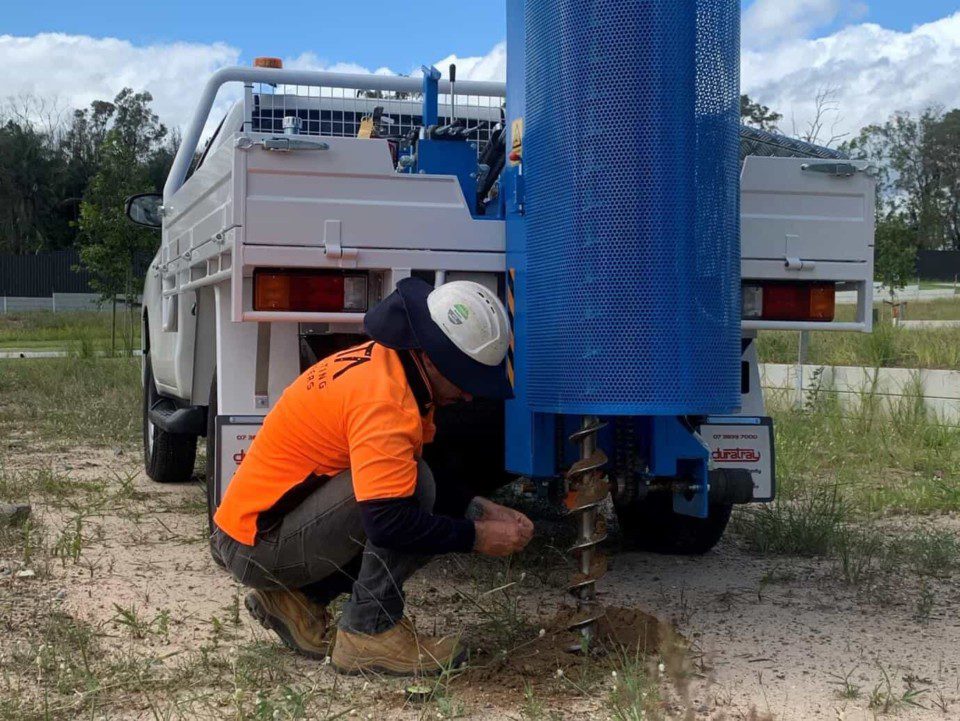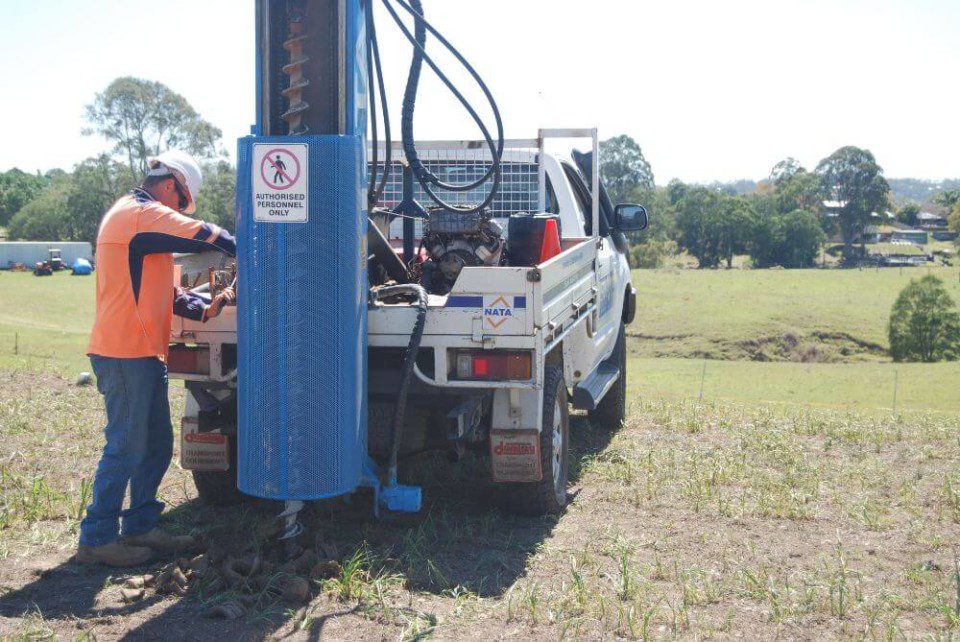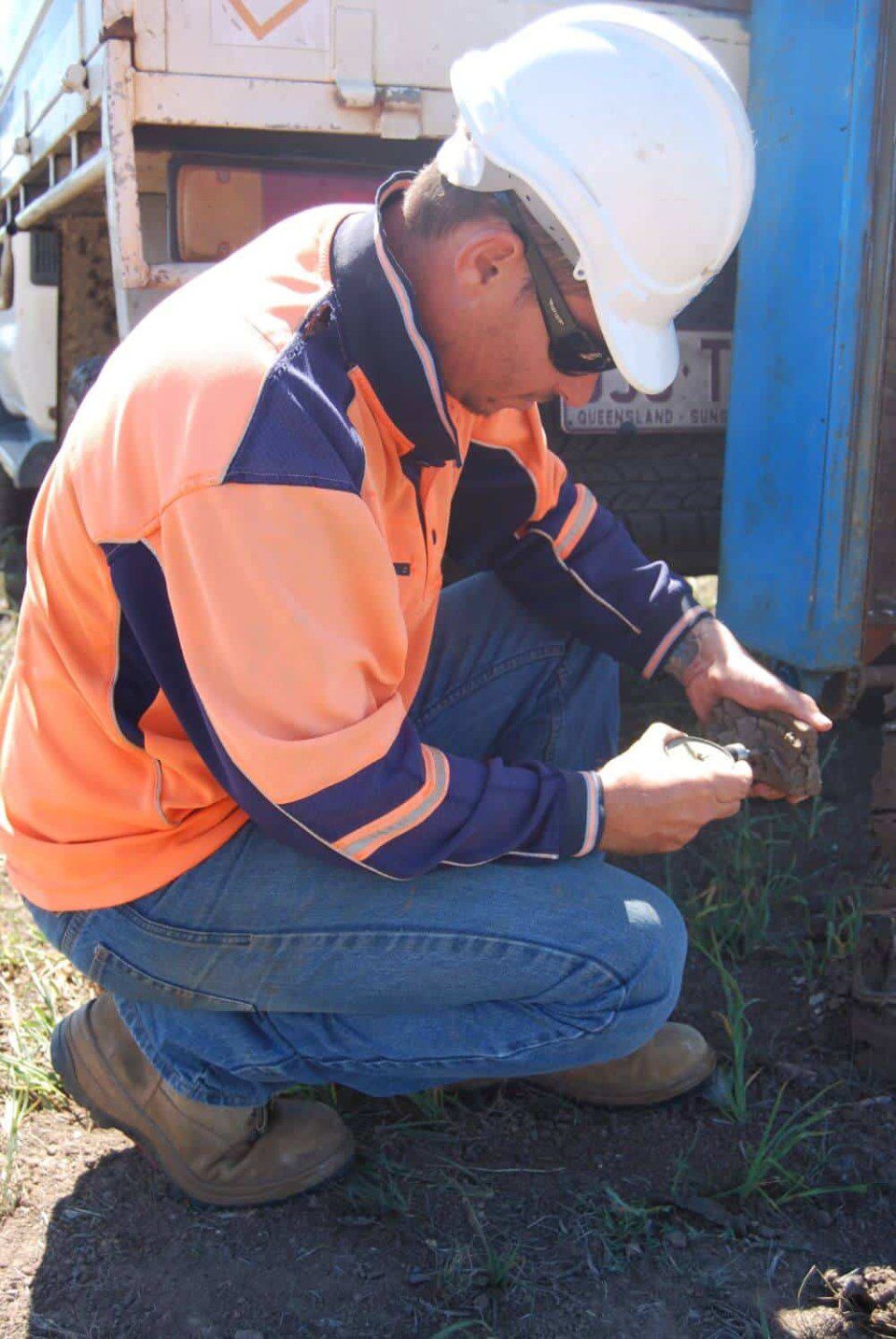







Our Salinity Soil Testing measures both pH and salinity in order to determine an exposure classification level, in accordance with relevant Australian Standards. High salinity (soil salt level) may cause corrosion of screw piles or steel reinforcement within concrete. This test informs both building designer and design engineer regarding selection of appropriate materials to achieve the structure’s required design life.
Salinity testing and exposure classification level is used to determine design parameters within aggressive soil environments — giving builders and architects minimum concrete and steel requirements for the foundation system.
Special mitigation measures may include:
Process undertaken:
Engineered considerations:
With our own NATA accredited laboratory, we’re in full control over the testing process. We produce extremely reliable data for every project.
Easy-to-follow reports to help you quickly understand the issues.
Minimum steel and concrete requirements get to the heart of the cost implications of salinity for your project.
STA is a one-stop engineer with a service range that delivers three key advantages:
Pre-planning your engineering needs means you won’t have to keep re-booking an engineer when you need a particular service. It creates efficiencies that cut service times and save you money by pulling together the services you’ll need, at a lower overall price.
With all your engineering done by a single organisation, your consultants tap into a deeper knowledge of the site and the project, which leads to high quality outcomes, with more opportunities for innovative solutions.
While STA always takes legal responsibility for its engineering designs, an up-front engineering services package makes it easier to trust our work with a strong mutual commitment, and reduced risk of potential interruption or delay.